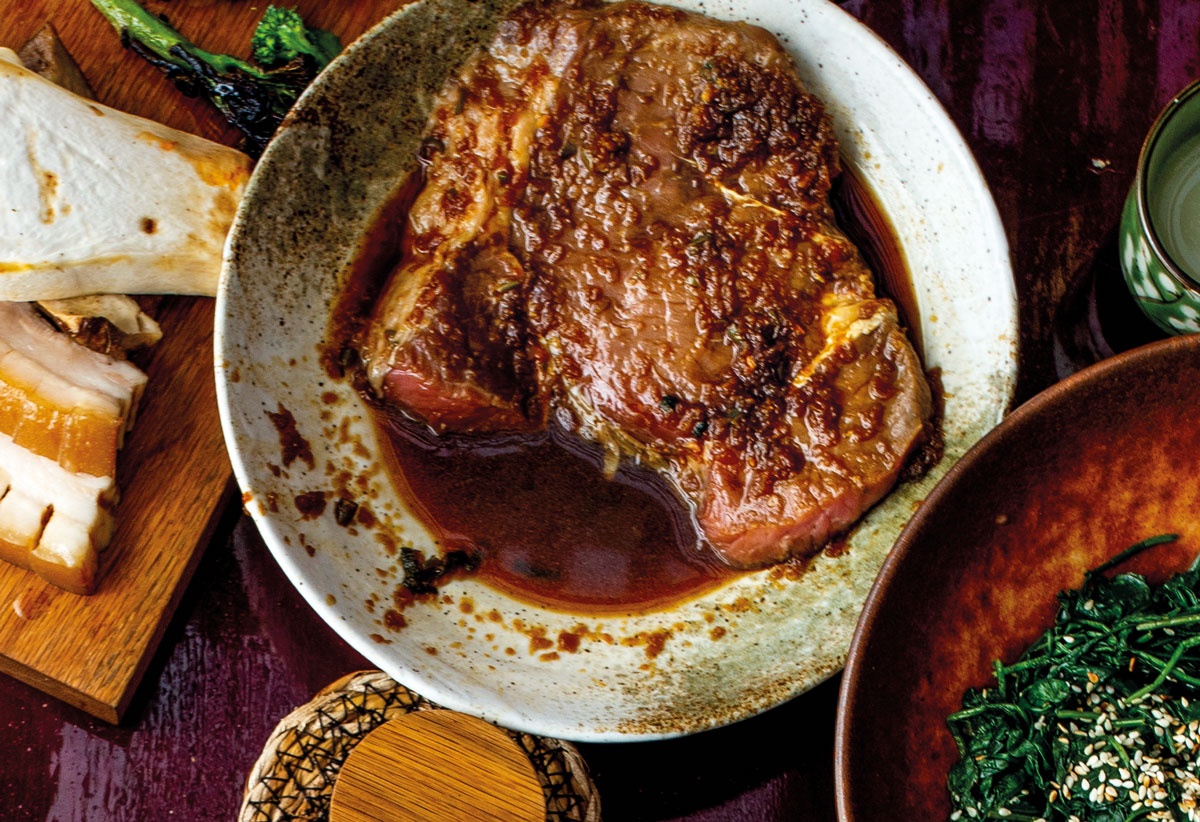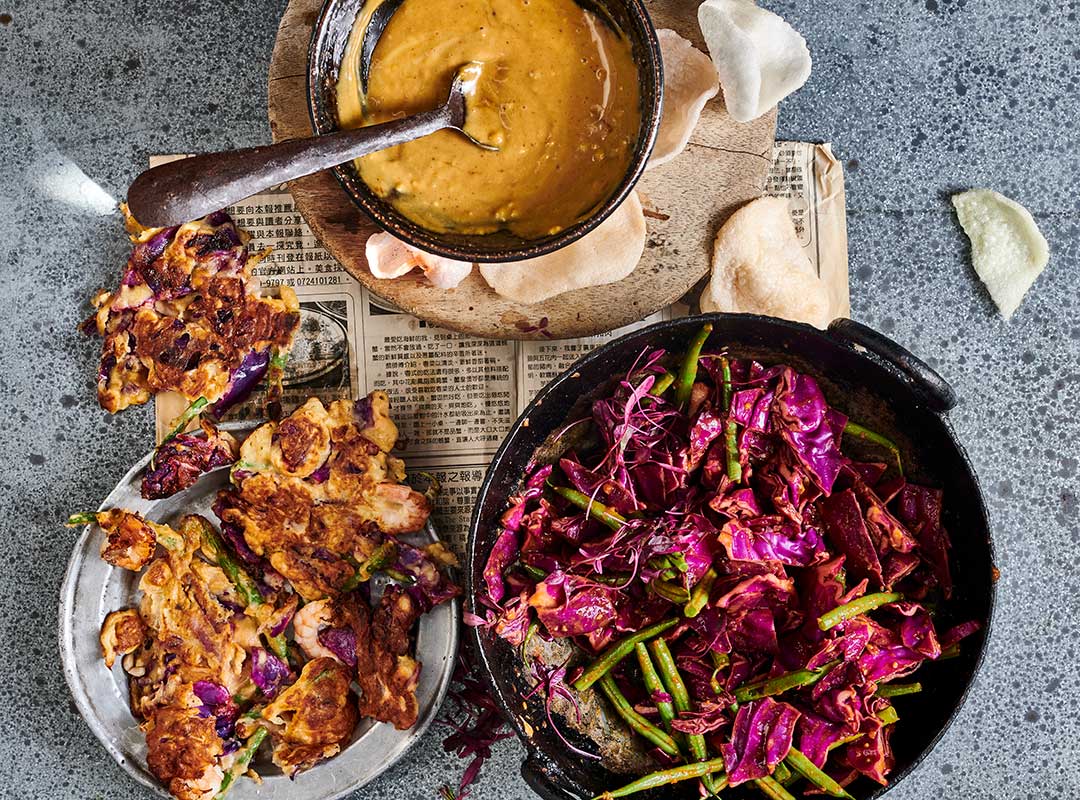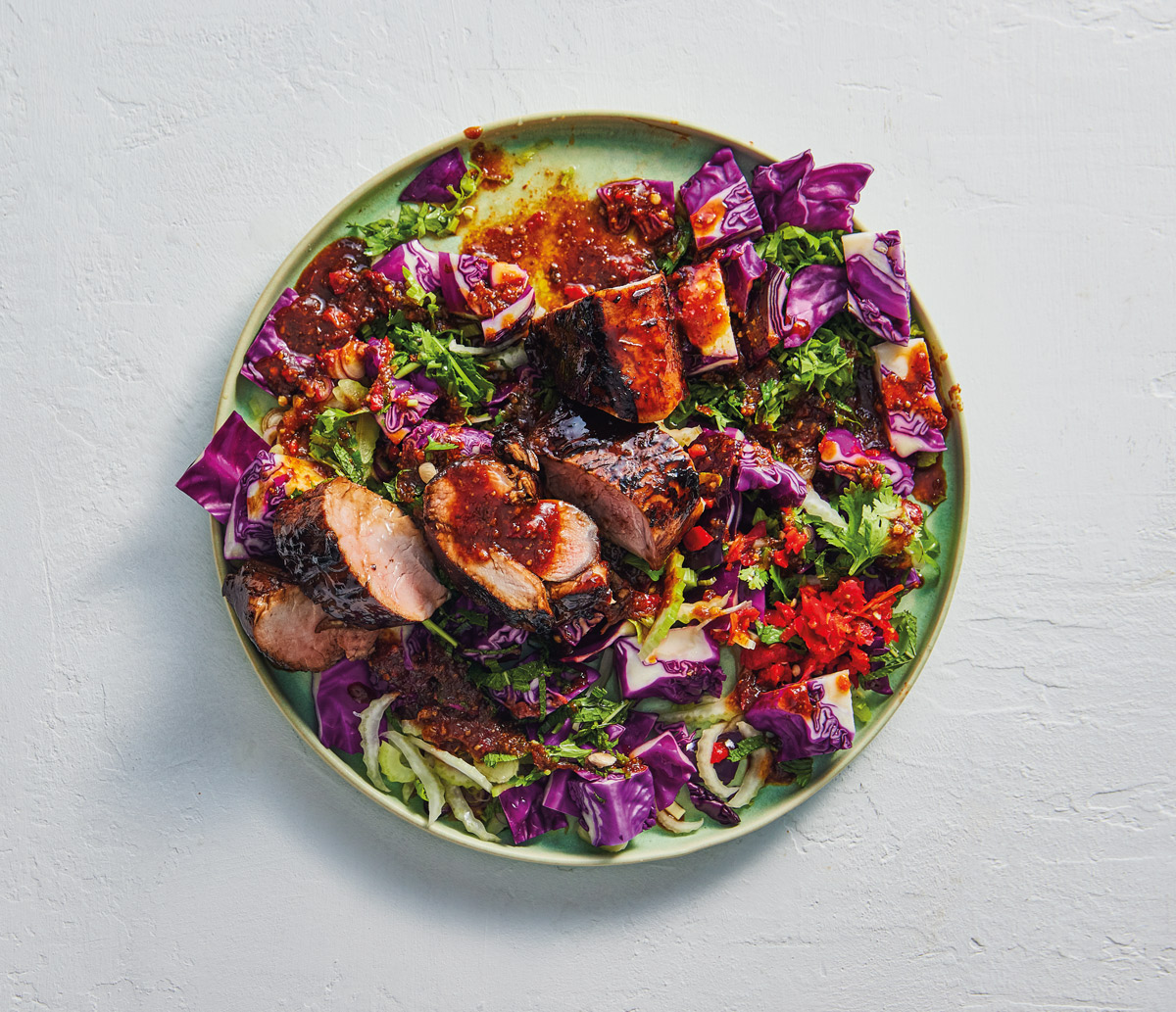An introduction to gochujang – your new favourite pantry item
Meet gochujang, the spicy pantry item you never knew you needed. What is it? How do I use it? We’re breaking everything down for you.
What is gochujang?
To help explain what gochujang is, we asked Sepial Shim, owner of Allium and The Ugly Dumpling in Cape Town. "Gochujang is a spicy Korean paste made from fermented soy, fine gochugaru (Korean variety of chilli which has umami and sweetness as well as the chilli heat), salt and malt syrup. So it is fundamentally salty paste full of umami and sweet spiciness," says Sepial. It's used as a condiment to make sauces, rubs and marinades, but like miso, it can be quite intense on its own to be used as a dipping sauce. Cheyne Morrisby, owner of Cheyne's explains it as having "a miso-like quality, with a well-rounded chilli flavour to it." "Traditionally, gochujang has been used to preserve vegetables," adds Sepial. "Chunky radish, soy leaves, garlic and so many other things can be kept in Gochujang and served much later." (It's also now available at Woolies!)
View this post on Instagram
How do I use it?
As mentioned above, gochujang is best used in cooking, not as a finishing sauce. Essentially, wherever you'd like to add the winning combo of heat and umami, gochujang is your friend. Stir a tablespoon into olive oil and rub all over a chicken before roasting to make a quick marinade, or make a punchy dressing with sesame oil and soya sauce. "I like pork bulgogi, marinade with gochujang-based sauce," says Sepial. "But the most famous dish must be Korean fried chicken. It has Gochujang, tomato ketchup and other ingredients," she says. Cheyne told us, "A little goes a long way, so start by adding a teaspoon or two to something like a curry to enhance its flavour." He adds, "the flavour is so unique, you really can't find a substitute for it – if you don't have gochujang, you don't have life!" A nice way to start working the flavour into your cooking is to do so slowly, "Add a little bit to your tomato-based sauce to spice up like pasta or pizza, or add a little to mayo-based dips or burger sauce," says Sepial.
View this post on Instagram
Looking for ways to use gochujang? Here are some recipes.
 Get the recipe for Sepial's bulgogi sauce here.
Get the recipe for Sepial's bulgogi sauce here.
 Get the recipe for prawn-and-kimchi pancakes with miso mayo here.
Get the recipe for prawn-and-kimchi pancakes with miso mayo here.

 Get the recipe for firecracker pork here.
Get the recipe for firecracker pork here.
Comments